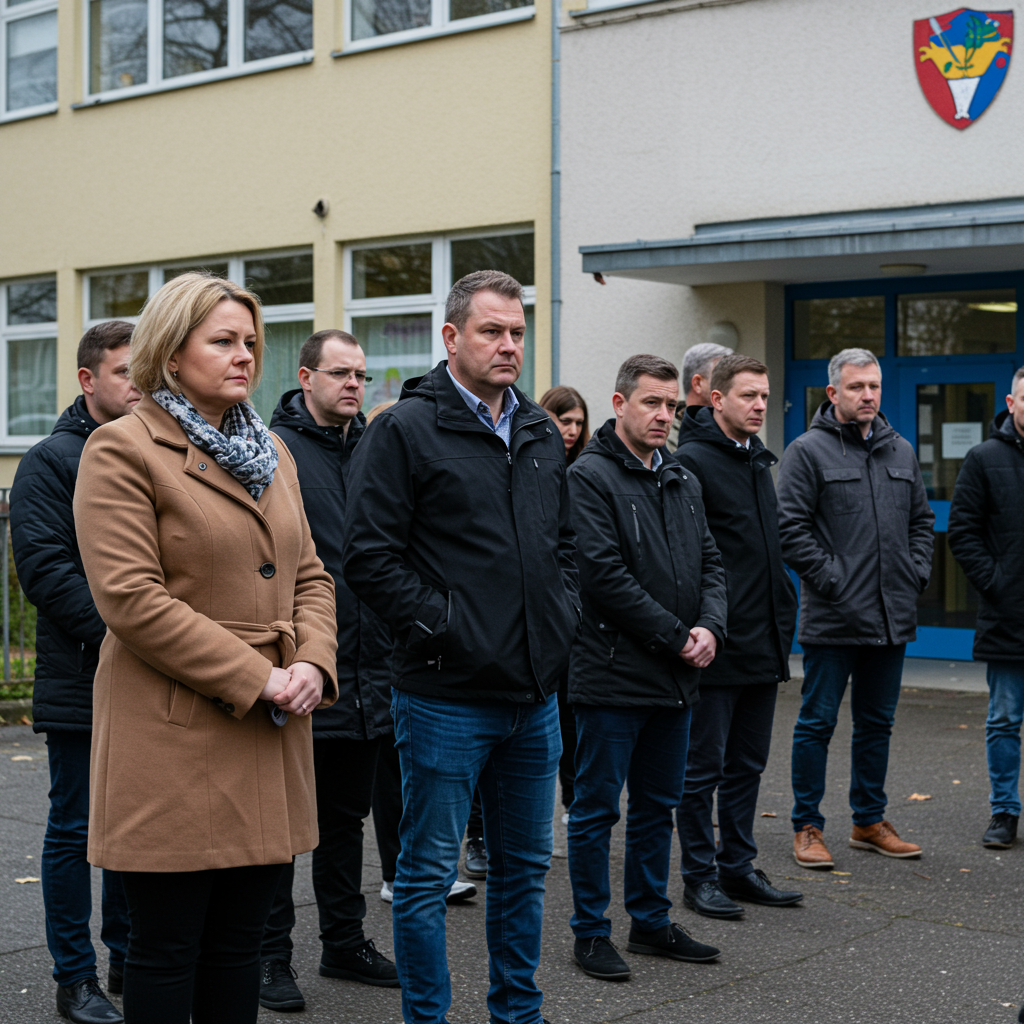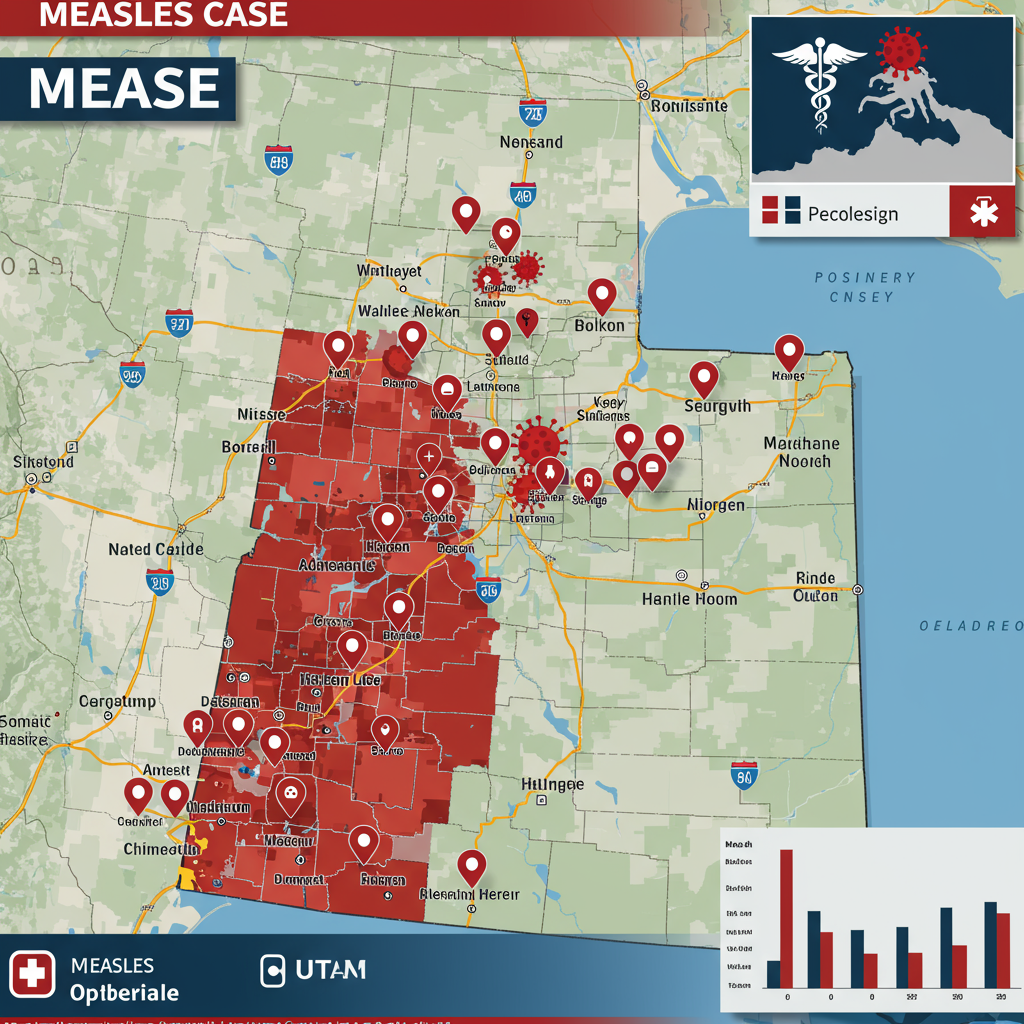Europe has been left stunned and searching for urgent answers following two horrific school attacks that occurred within hours of each other in France and Austria. The dual tragedies have sent shockwaves through communities and governments, highlighting the immense challenge of protecting students from seemingly random, devastating violence.
Authorities and parents across both nations are grappling with profound questions about how such events can happen and what measures might prevent future attacks, particularly focusing on the complex issue of identifying and supporting vulnerable young people before they resort to violence.
Stabbing in Nogent, France: A Grudge Turns Deadly
The day began with violence in Nogent, eastern France. At approximately 8:15 AM on Tuesday, a routine school bag check at the Françoise Dolto middle school took a tragic turn. A 14-year-old boy, identified as Quentin, produced a 20cm kitchen knife brought from home and fatally stabbed a 31-year-old school assistant, Mélanie G, who had a four-year-old son.
This attack occurred despite the presence of armed gendarmes at the school entrance, underscoring the difficulty of preventing all violence through security measures alone.
According to the state prosecutor, the teenager claimed his motive was a grudge against school assistants in general, stemming from being reprimanded by another assistant the previous Friday for kissing his girlfriend. He reportedly made up his mind to kill one. Tuesday was his first day back after a bank holiday.
Initial assessments described Quentin as coming from a seemingly normal, functioning family with no prior criminal or mental health record. However, concerning details emerged: he appeared detached and emotionless, showed adeptness at violent video games, exhibited a “fascination with death,” and an “absence of reference-points relating to the value of human life.” While described by school officials as sociable and well-integrated, even serving as a class ambassador on bullying this year, he had a history of violent behaviour towards fellow pupils on two previous occasions, resulting in one-day suspensions.
The Nogent stabbing defied typical patterns of anti-social youth crime or gang violence seen previously in France. There was no suggestion of social media indoctrination. This case has prompted fears that even outwardly normal, middle-class teenagers might be susceptible to internalised violent impulses, potentially influenced by violent media, leaving many to wonder, “who is next?”
Mass Shooting in Graz, Austria: Legal Guns, Psychological Warnings, and a Tragic Outcome
Not long after the French incident, south-east Austria was hit by an even deadlier attack. At 9:43 AM, a 21-year-old man, Arthur A, who had dropped out of the Dreierschützengasse high school three years prior, entered the school and carried out a devastating seven-minute shooting spree. Using a legally owned Glock 19 handgun and a sawn-off shotgun, he killed nine students and one teacher before taking his own life in a school bathroom. The victims included nine students aged 14 to 17 (six girls, three boys) and one teacher. One Polish student was among the deceased, alongside nine Austrian citizens. Eleven others were injured, aged 15 to 26, including Austrian, Romanian, and Iranian nationals, though their injuries were not life-threatening.
Arthur A was described by police as very introverted, having retreated significantly into the virtual world. His “great passion” was online first-person shooter games, and his social contacts were primarily with other gamers.
Investigators found a “farewell letter,” a “farewell video,” and apparently abandoned plans for a bomb attack, along with a non-functional pipe bomb during a search of his home, where he lived with his single Austrian mother.
A critical detail has emerged: Arthur A had legally owned the two firearms used in the attack, having passed a required psychological test and completed several sessions of weapons training earlier that year at a Graz shooting club. However, it was also revealed that he had been rejected from Austria’s compulsory military service in July 2021 after being deemed “psychologically unfit.” Austrian law, however, prevented the army from sharing the results of such tests with other authorities, sparking an urgent debate and calls for this law to be changed.
Police response was rapid, with the first patrol arriving within six minutes of the alert and specialist units securing the school shortly after, a quick reaction credited with potentially saving lives.
A Nation in Mourning: The Aftermath in Austria
The Graz shooting is the deadliest mass shooting in Austria’s recent history, surpassing previous incidents like the 2020 Vienna attack. The nation responded with profound grief. Austria declared three days of mourning, lowering flags to half-mast, and observed a nationwide minute’s silence. Thousands gathered for candlelight vigils in Graz, seeking solace and solidarity.
The tragedy has ignited a fierce debate about Austria’s relatively liberal gun laws. With an estimated 30 firearms per 100 people, Austria has one of the most heavily armed civilian populations in Europe. While rifles and shotguns are permitted with licences, and revolvers, pistols, and semi-automatic weapons are allowed with official authorization, critics argue licences are issued too quickly. The Mayor of Graz, Elke Kahr, controversially suggested only police should carry weapons. Austrian President Alexander Van der Bellen indicated a willingness to review and potentially tighten gun laws if deemed necessary for public safety.
Searching for Prevention: Shared Questions, Difficult Answers
Across both France and Austria, the attacks have spurred urgent demands for solutions, though consensus remains elusive. In France, the stabbing occurred despite an existing government program aimed at tackling knife crime. Proposals for stricter measures like banning knife sales to under-15s (though Quentin took his knife from home) or testing airport-style metal detectors in schools (opposed by most heads) are being debated. President Macron reiterated a pledge to ban social media for under-15s, though its practicality is questioned, and the Nogent attacker’s focus was on video games, not social media.
A consistent call across both countries is the critical need for increased provision of school doctors, nurses, and psychologists to help detect early signs of distress in young people “going off the rails.” As the mother of a Graz survivor noted, societies struggle with how to re-integrate young people who feel alone and drop out of social groups, emphasizing that adults bear the responsibility. However, this crucial support requires significant financial investment, a challenge for strained budgets.
While the attacks differed in weapon and perpetrator age, they shared disturbing common threads: troubled individuals seemingly disconnected from mainstream society, potential negative influences from violent media (specifically cited as video games for both), and the tragic difficulty of identifying and intervening effectively before violence occurs. The search for answers continues, highlighting the complex interplay of mental health, social isolation, online influences, and access to weapons in preventing future school tragedies.



